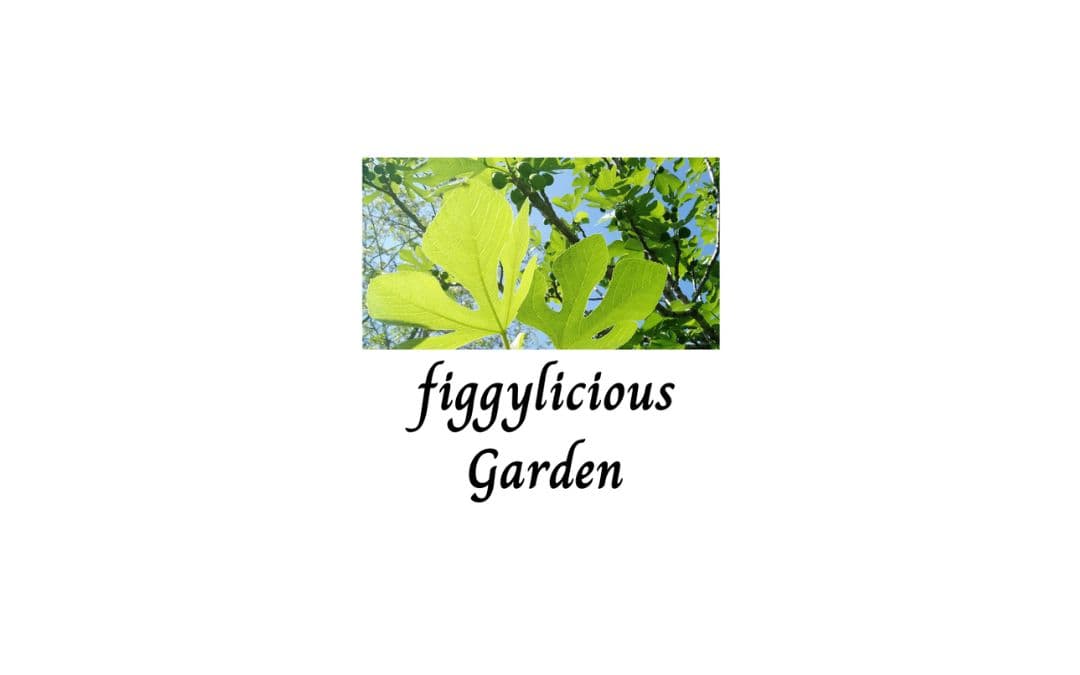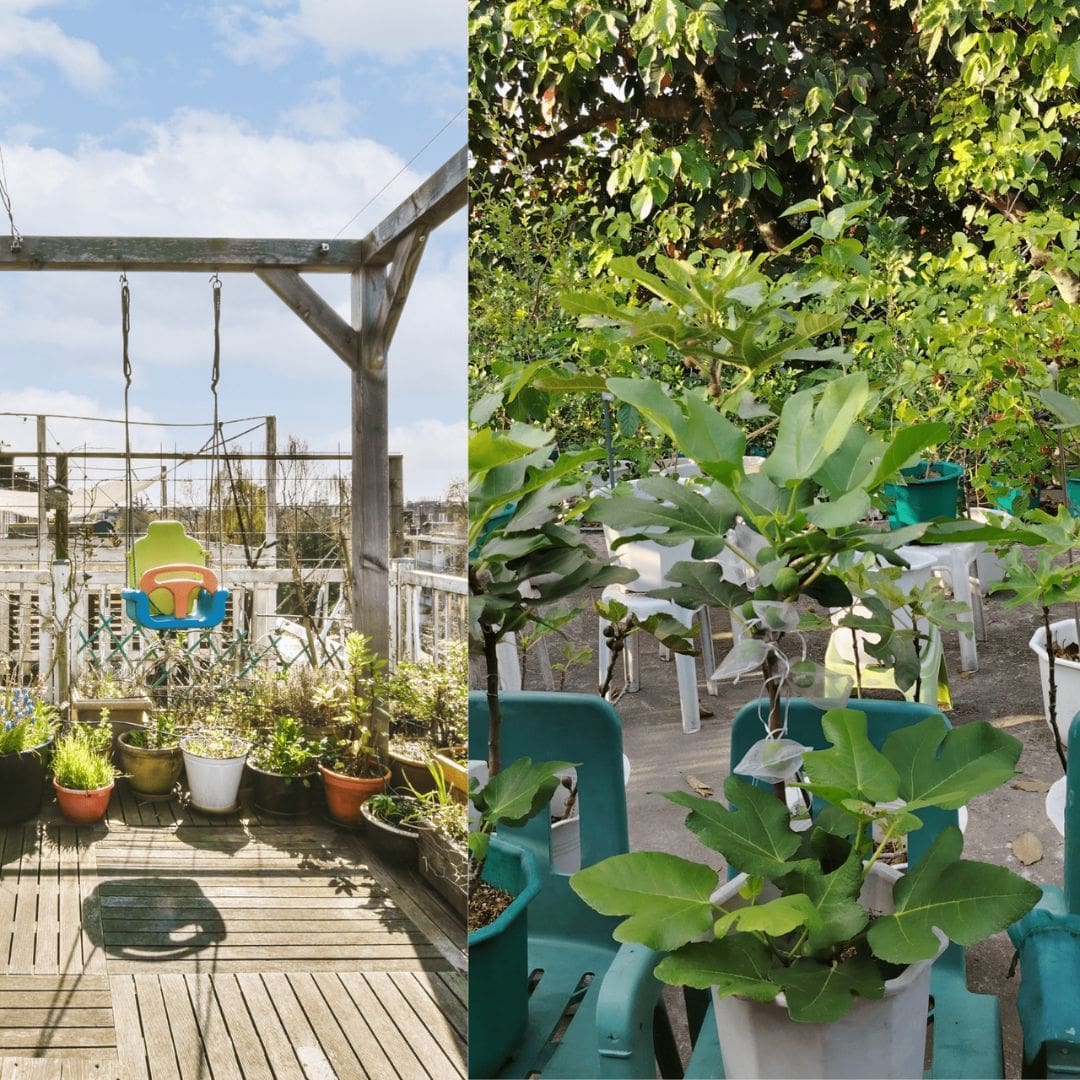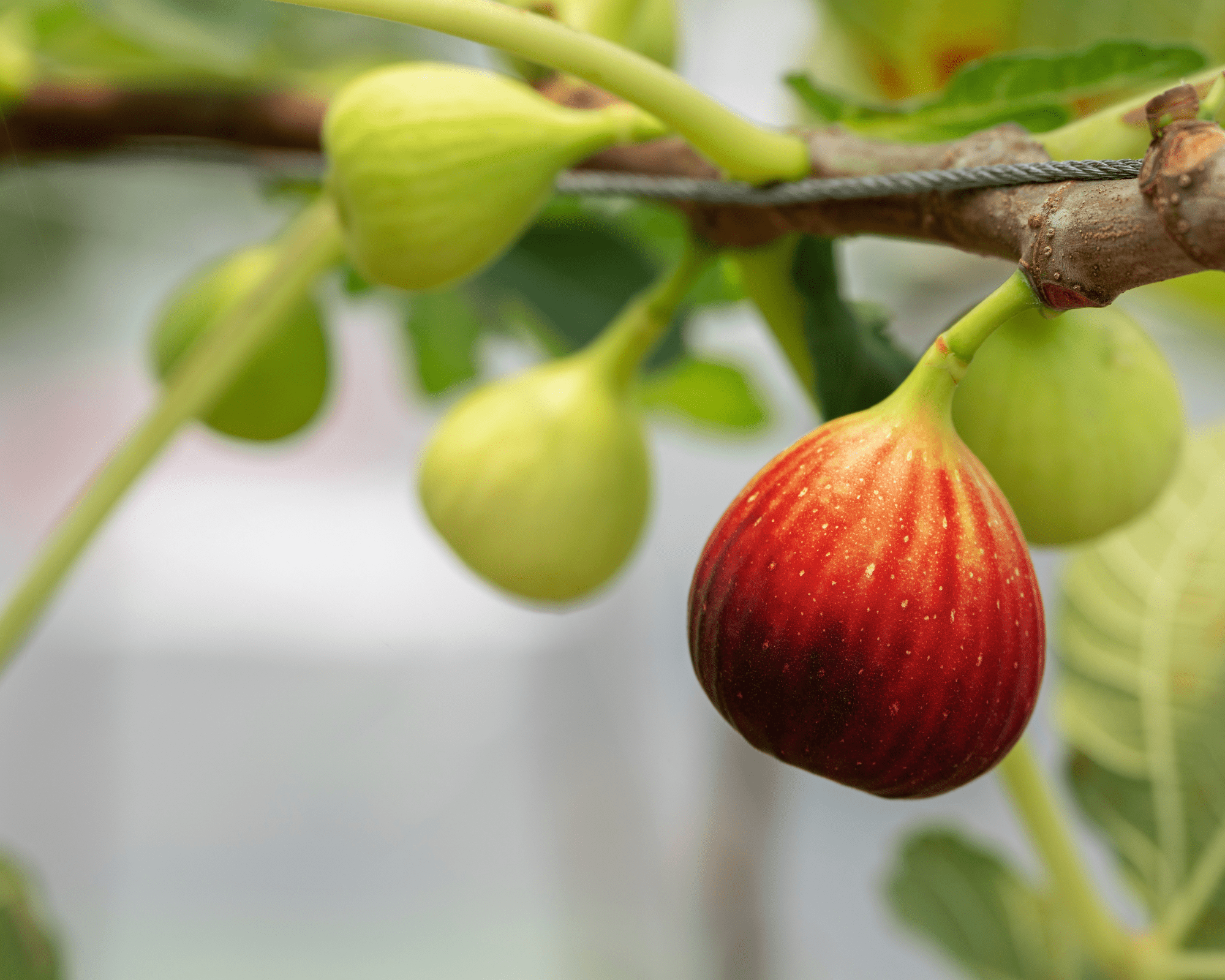Please read the full disclosure for more info. 💚
When I first decided to turn my unused and cluttered terrace into a vibrant fig garden, I was both excited and a little overwhelmed because it was my first time of growing a fig tree. And the idea of growing my own fresh figs on my terrace seemed like a dream, I wasn’t sure where to start.
But, after several days of googling and drafting some ideas in my head, here’s how I transformed my small outdoor space into a lush terrace fig garden:
Step 1: Assessing the Space>
The first step was cleaning and measuring the available space and understanding the amount of sunlight it receives.
Knowing that fig trees thrive in full sun, so I made sure my terrace was getting at least 6-8 hours of direct sunlight daily. And I’m so lucky to have the early sunrise at about six thirty in the morning and sets at five in the afternoon. I guess it is more than enough sunlight fig trees gonna get.
Step 2: Selecting the Right Containers>
Since terrace gardens are often limited in terms of ground space, containers became essential.
At the start I chose a small pot for a very young fig plant. After three months I transplanted it into a larger one, a three gallon pot. After a year, after collecting more fig varieties, I transferred each of them to five gallon pots that would allow the fig tree to spread its roots and to grow comfortably.
The key is selecting the right pot’s sizes wide and deep enough for their roots to spread and grow healthily. And of course holes under the pot is very important for drainage. Find your pots here.
Step 3: Choosing the Right Fig Varieties>
I researched for several fig varieties almost every day and finally selected some varieties that would do well in pots—‘Black Mission, Celeste, Brown Turkey, Hardy Chicago.’ all are well-suited to small spaces or in pots and can thrive well with proper care.
But these varieties were not available in our local sellers at that time so I was challenged to get the varieties from overseas through the help of a good fiend and an international collector of premium and rare fig trees.
This led me to a better way in getting the best varieties that are frequently reviewed online by many expert growers in the USA, Canada, Italy, and other first world countries.
And the experiment begun.
Step 4: Preparing the Soil>
I use a well-draining soil mix with compost like vermicast to ensure healthy roots and strong growth. Adding some perlite or fresh rice husks helps a lot with aeration, and a handful of organic fertilizer and soil conditioner gave the plants more nutrients they needed to thrive.
Step 5: Planting and Maintenance After planting the fig trees>
I water my young fig trees adequately but not excessively. For me, watering fig trees depend on their size and the climate they are thriving.
Here in the Philippines we have the rainy season and dry season. A dry season with a moderate rainy season is generally considered the best time to grow fig trees as they thrive in warm, sunny conditions with occasional moisture, and can tolerate some drought once established; too much continuous rain can lead to fungal issues. Therefore, during the rainy season, I water my fig trees once or twice a week and on summers they get once to two times a day especially when the trees are over one year old.
Pruning them when they grow very tall is necessary to keep them compact and encourage healthy growth.
Step 6: Fertilizing My Fig Trees>
Organic Fertilizers:
I prefer using organic options like fish emulsion, compost, fish bone meal. powdered oyster shells, and swamp fertilizer for drenching. A well-rotted manure do great as well. These not only promote healthy growth but also improve soil structure especially when you add burnt rice husks .
Fertilize during the growing season (spring through early summer).
Slow-Release Fertilizers:
I use a slow-release fertilizer added to each pot once or twice per year. It provides a steady supply of nutrients to your fig trees without overwhelming them with excess nutrients. You can find these fertilizers in many online stores for your convenience.
Micronutrients:
Figs also need specific micronutrients, like magnesium and iron. If you notice yellowing leaves or slow growth, consider adding a magnesium sulfate (Epsom salt) solution or a liquid iron supplement.
By following these simple steps, my terrace has become a vibrant and productive fig garden with superlicious fig harvest on the first season. Now, I’m so excited for the second season’s sweet harvest!


